This is how it works if you want to continue on another device
To save your progress if you want to continue on another device, there are several options. Copy or email a link, or read provided QR-code.
When you started the course, you will be able to continue on another device.
-
Read QR-code
Scan the following QR-code with your phone to continue where you left.
-
Copied
- Or email the link to yourself
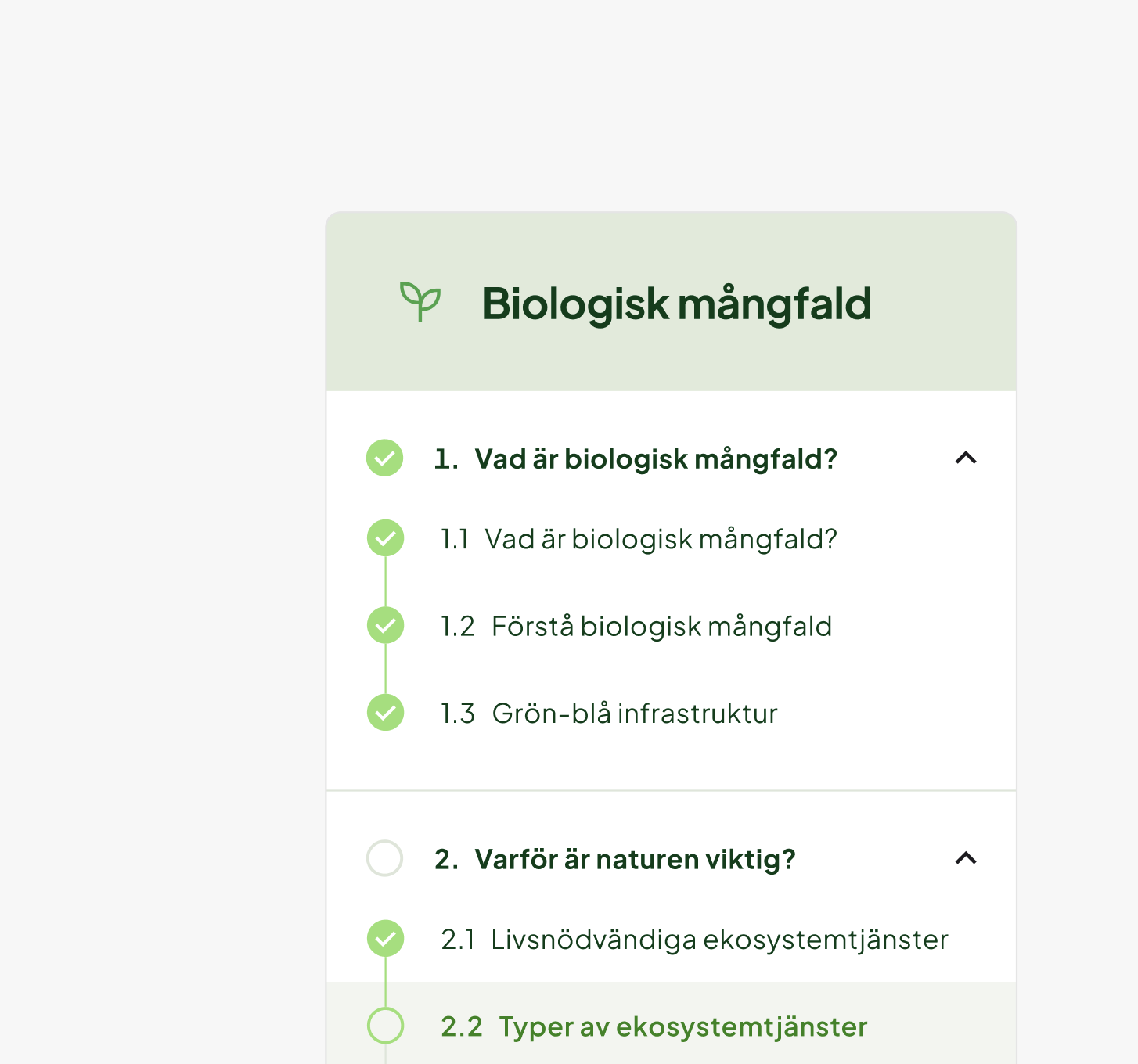
How Do We work?
Following the mitigation hierarchy is a fundamental part when working with biodiversity. The mitigation hierarchy is a step-by-step process of avoiding, minimising, restoring, and offsetting our impact on biodiversity.
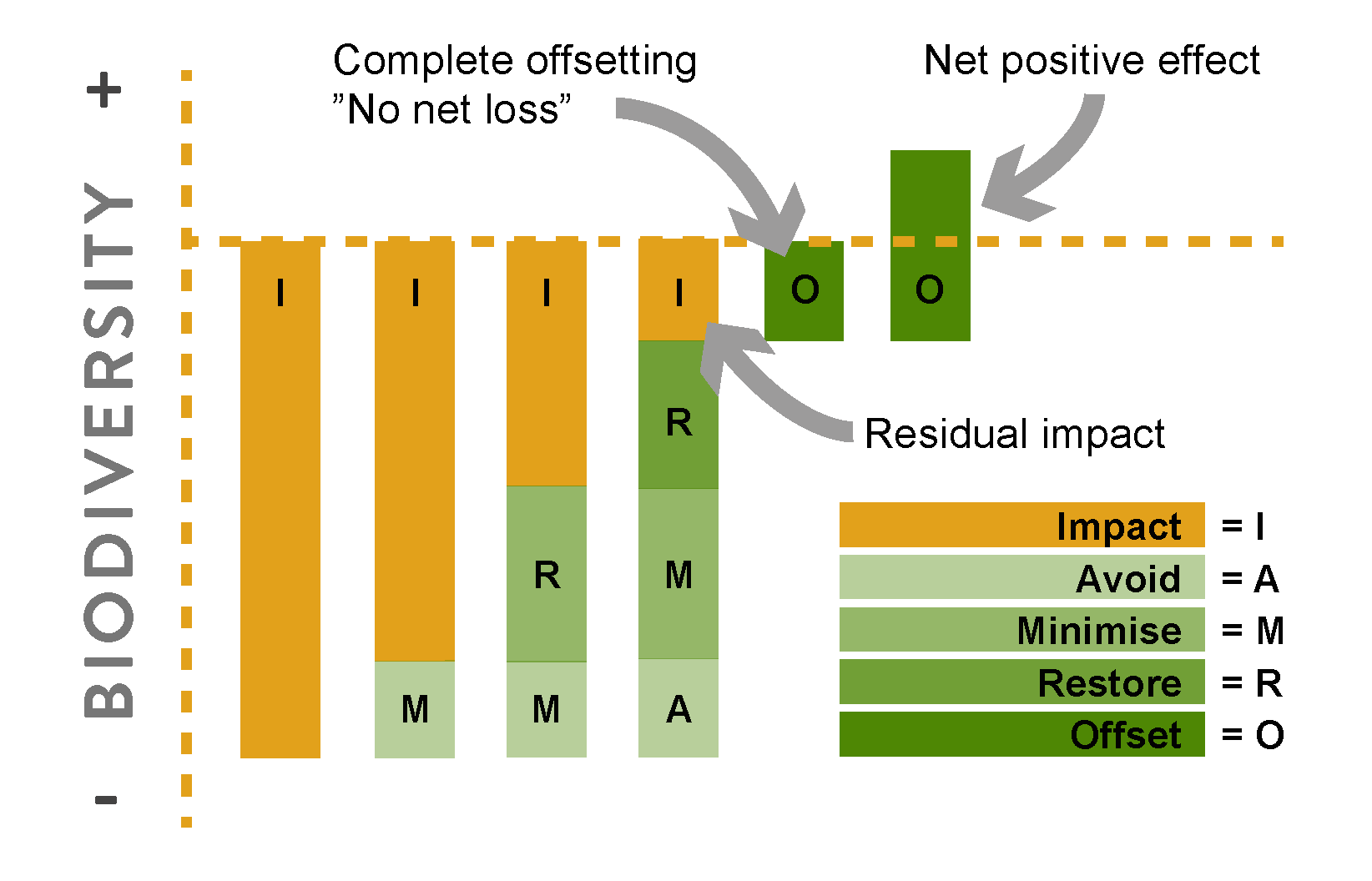
Through each company in the sector setting its own biodiversity targets, together we can contribute to the sector’s common goals and fully implement the steps of the mitigation hierarchy where we operate.
Click on the different steps of the mitigation hierarchy to learn more:
Avoid
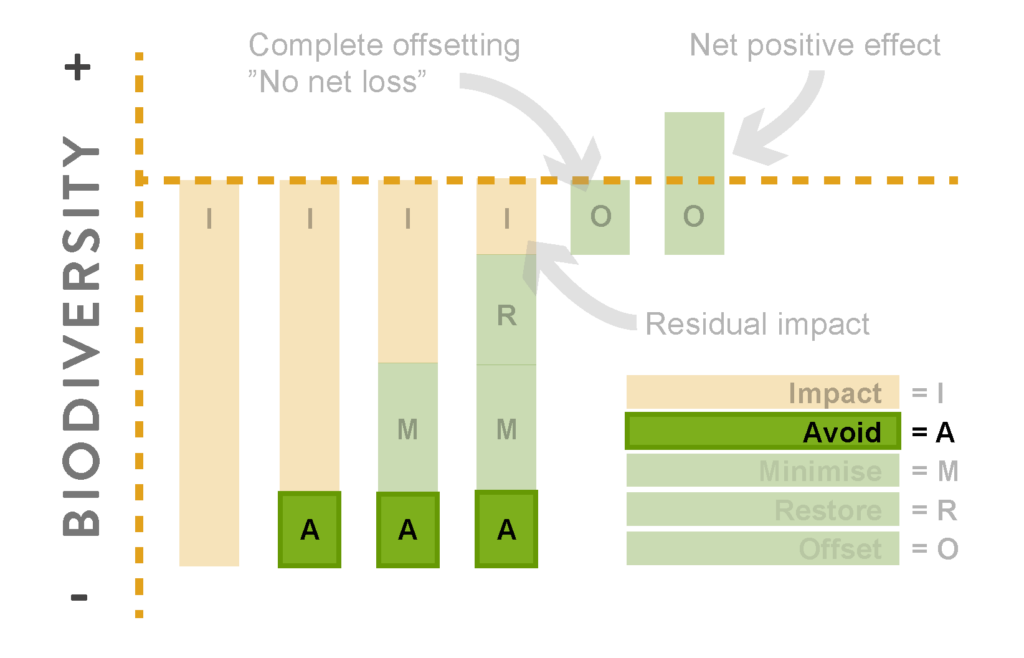
Ores and minerals are found under specific geological conditions, which inevitably dictates the location of mines and quarries. When developing and building new facilities we should, as far as possible, manage the design to avoid impact on biodiversity.
Minimise
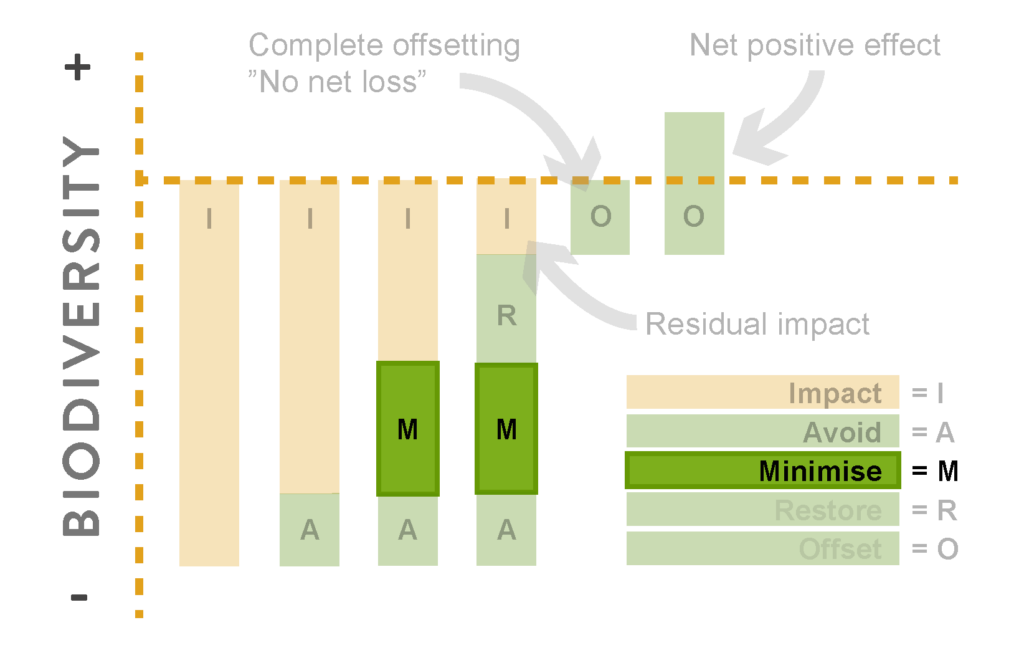
We minimise our emissions to air and water and reduce waste. Minimising impact is often about applying the best technical solutions. Much research and innovation is underway to produce fossil-free steel, further reducing emissions and make mining processes more energy efficient.
Restoration
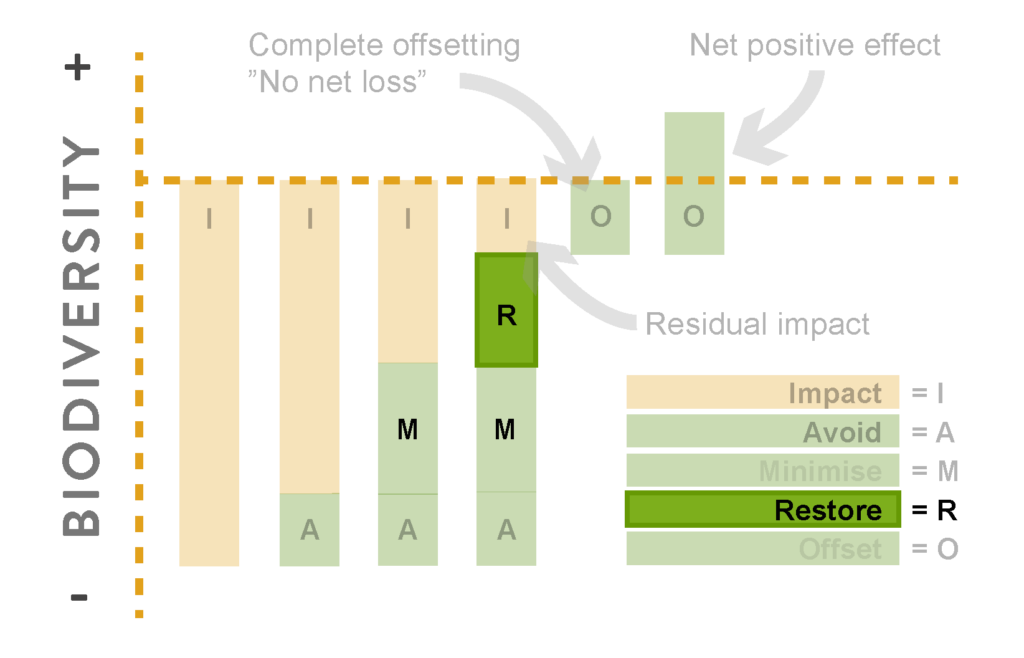
When a mine or limestone quarry is closed, remediation and restoration are carried out. Through restoration we create the conditions for desirable plants and animals to establish themselves in the area. In this way, the area will eventually contribute to biodiversity, harmonize with its surroundings and become an integrated part of the landscape again.
Offset
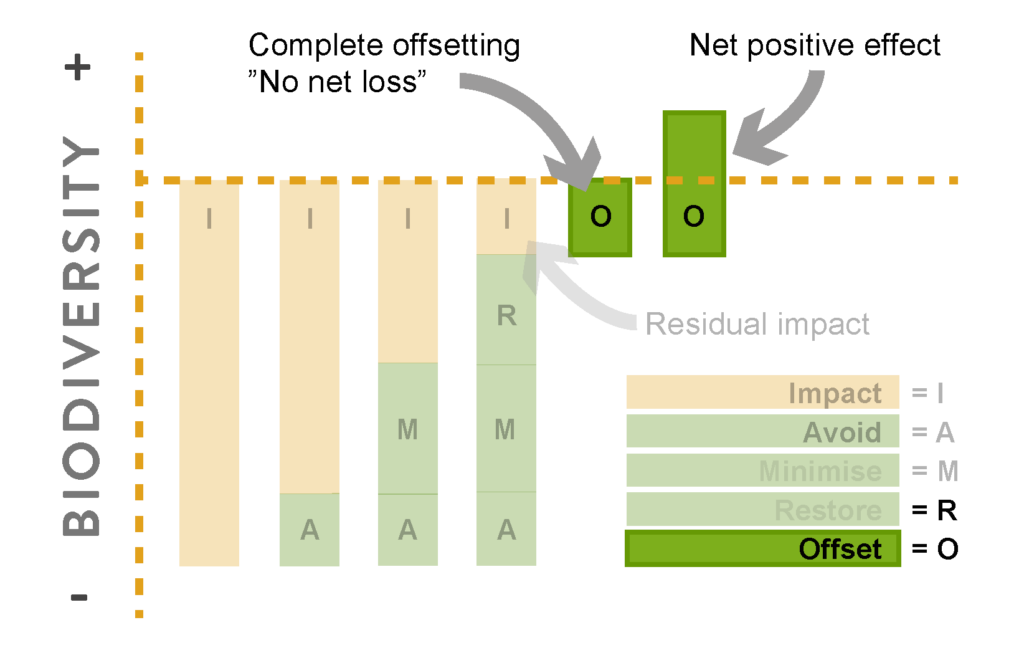
Once we have applied all the steps in the mitigation hierarchy, the final step is to offset for the remaining impact. E.g. by restoring and protecting nearby natural habitats, this will increase biodiversity elsewhere. In this way, mining and minerals can contribute to increased biodiversity values at the regional level, even if some negative local impacts are unavoidable.
For the mining and mineral industry, consideration of green-blue infrastructure is important both in the expansion or new construction of a mine as well as in its remediation. E.g. a new mine with associated infrastructure may cut off important migration routes for reindeer and cloven-hoofed game. By building wildlife passages (ecoducts), the impact on green infrastructure can be minimised. This has been done, for example, in the case of a new railway for ore transport to the Aitik mine, where an important passage for reindeer migration between spring and winter pastures had to be crossed.
Once an operation has been terminated, remediation can be planned to strengthen important pathways in the surrounding landscape and thereby benefit biodiversity.
Click on the ”Good examples” button at the top of the page to see concrete examples of how different companies in the sector have worked according to the mitigation hierarchy.
